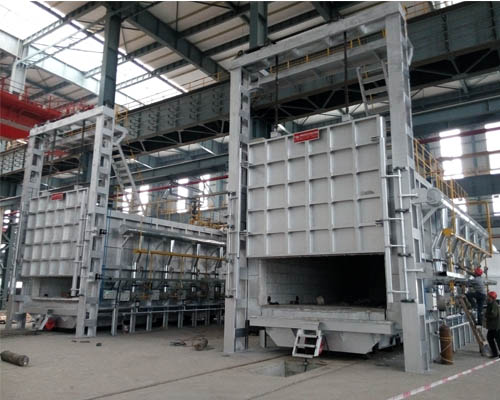Heat treatments to increase strength
Jun.20,2017
Six major mechanisms are available to increase the strength of metals :1.solid solution hardening,2,strain hardening,3,grain size refinement,4,precipitation hardening,5,dispersion hardening ,and 6,phase transformations. All can be induced or altered by heat treatment but not all can be applied to any given metal.
In solid solution hardening, a base metal dissolves other atoms in solid solution, either as substitutional solutions, where the new atoms occupy sites on the regular crystal lattice, or as interstitial solutions, where the new atoms squeeze into holes in the base lattice. The amount of strengthening depends on the amount of dissolved solute and the size difference of the atoms involved . Distortion of the host structure makes dislocation motion more difficult.
Strain hardening produces increased strength by plastic deformation under cold-working conditions.
Because grain boundaries act as barriers to dislocation motion, a metal with small grains will tend to be stronger than the same metal with larger grains. Thus grain-size refinement can be used to increase strength, except at elevated temperatures where failure is by a grain-boundary diffusion-controlled creep mechanism. Grain-size refinement is one of the few processes capable of improving both strength and ductility.
Precipitation hardening or age hardening is a method whereby strength is obtained from a nonequilibrium structure produced by a three steps (solution treat, quench, and age) heat treatment.
Strength obtained from distinct second-phase particles in a base matrix is called dispersion hardening. To be effective, these second phase should be stronger than the matrix, adding strength through both their reinforcing action and by the additional barriers presented to dislocation motion.
Phase transformation strengthening involves alloys which can be heated to form a single high-temperature phase and subsequently transformed to one or more low-temperature phase upon cooling. Where phase transformation is used to increase strength, the cooling is usually rapid and the phases produced are nonequilibrium in nature.


